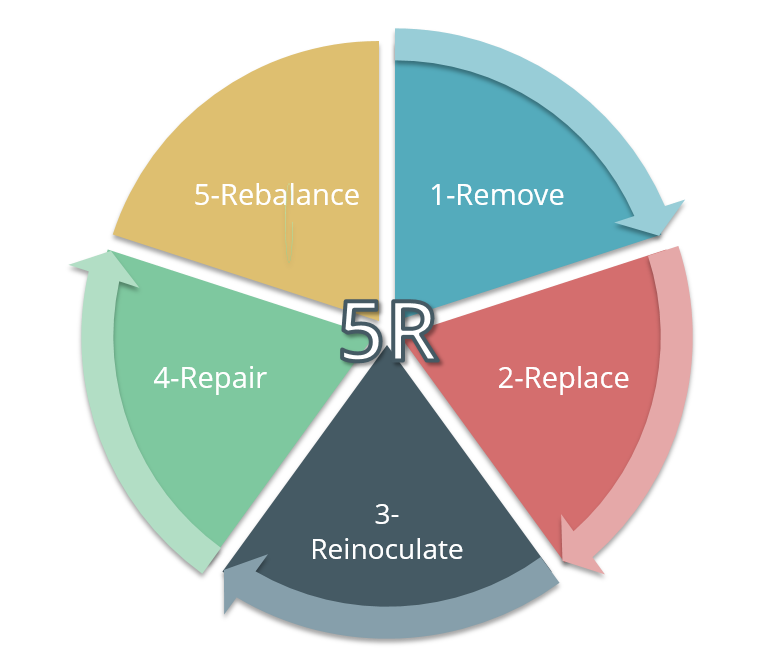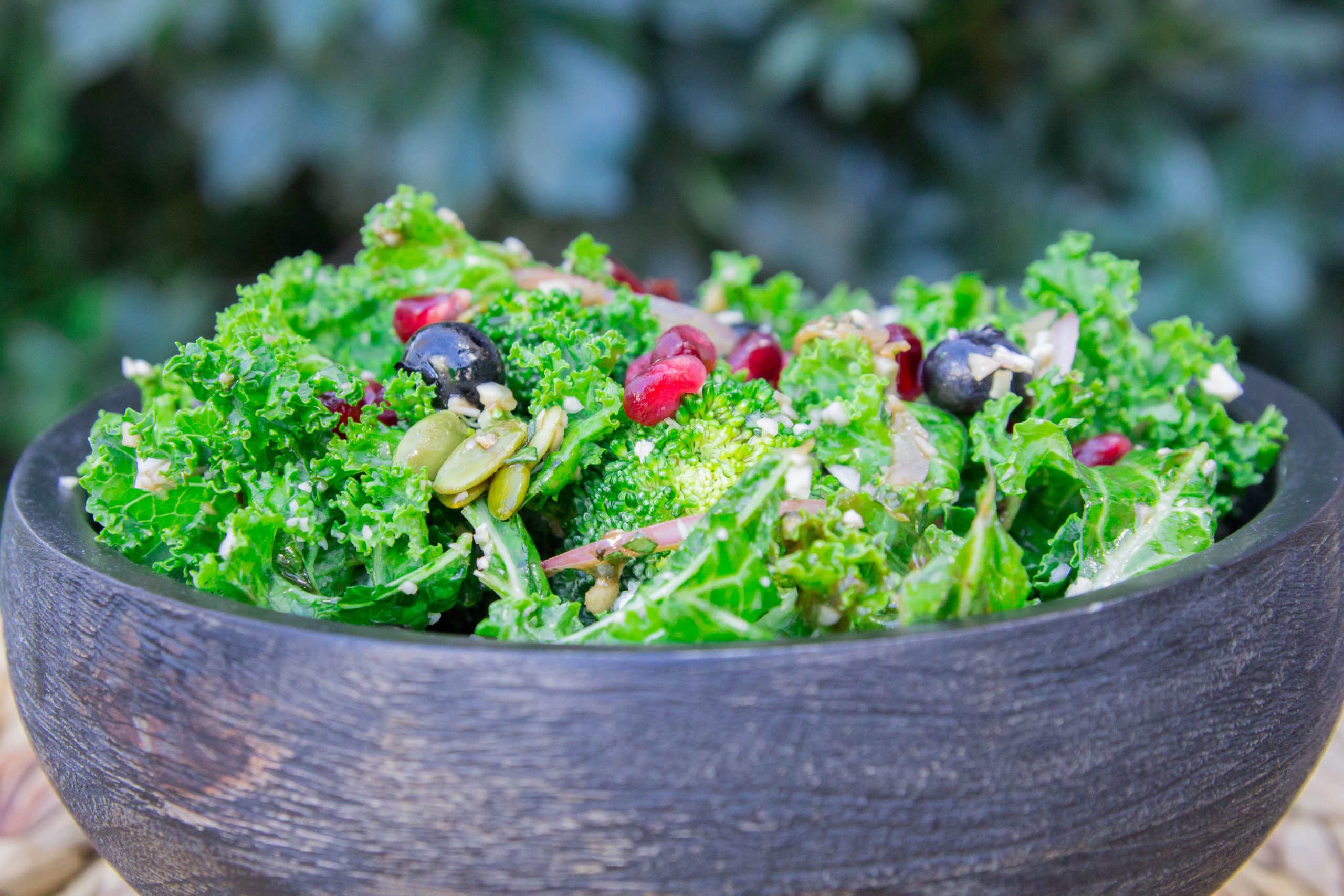5R Protocol
Get TestedWhen working on gut healing with our clients, we use the 5R approach. Each step is a piece to the puzzle, and along with your input, we can create a nutrition plan that fits your needs and goals.

1 – Remove
The first step in the 5R program is REMOVE. There may be one or several factors negatively impacting your system and causing distress. It is important to eliminate these stressors. They may be pesticides, environmental toxins, foods you may be sensitive or allergic to, or stress (both physical and psychological). The factor that needs to be removed may also be a pathogen such as a bacteria, fungus, or parasite that may require medication or supplements to eradicate. If the exact stress factors are unknown, your nutrition practitioner may recommend testing to find out which foods are contributing to the problem.
2 – Replace
After removing reactive foods, your nutrition practitioner will also recommend non-reactive foods to REPLACE them with. Sometimes it is not just what needs to be removed but what might need to be replaced to support proper digestion. These factors may include digestive enzymes, hydrochloric acid, bile acids, intrinsic secretions, and fiber. Your nutrition practitioner will guide you regarding ways to replace these.
3 – Reinoculate
REINOCULATE refers to helping the good bacteria in the gut to flourish and repopulate. This can be done by consuming supplements and/or foods high in beneficial bacteria (probiotics), by ingesting foods that provide the fuel to feed them (prebiotics), or both. Common species of these good bacteria include Bifidobacteria, Lactobacillus, and the probiotic yeast, Saccharomyces boulardii. Fermented foods such as yogurt, tempeh, and sauerkraut are sources of microbes which may have probiotic effects. Your nutrition practitioner may also recommend that you add several prebiotic foods, containing a fiber called inulin, into your regular eating pattern to help the probiotics thrive. Artichoke, chicory root, leeks, garlic, and onions are all good sources. Alternatively, your nutrition practitioner may also recommend a prebiotic supplement.
4 – Repair
Now it’s time to REPAIR the lining of your GI tract. To aid in this healing, your nutrition practitioner may recommend some key nutrients that you may not be consuming enough of such as glutamine, arginine, zinc, vitamins A, C, and D, tocopherols, carotenoids, pantothenic acid, folate, antioxidants, and omega-3 fatty acids. Your nutrition practitioner will take into account your individual food sensitivities and intolerances and only recommend non-reactive foods and ingredients.
5 – Rebalance/Reintroduce
Finally, create some lasting lifestyle changes that will promote and maintain the health of your GI tract. It is important to pay attention to your sleep, exercise, and stress to improve and balance these aspects of your life. Your practitioner may recommend the use of relaxation techniques, mindful eating, yoga, meditation, deep breathing, and other rebalancing strategies.
We are here to help!
If you’re suffering from digestive issues and have yet to find answers, we are here to help. Taking into account your health history and goals, we will work together to create a nutrition plan that meets your needs. Visit us for more information on how we can help you live your healthiest life.





